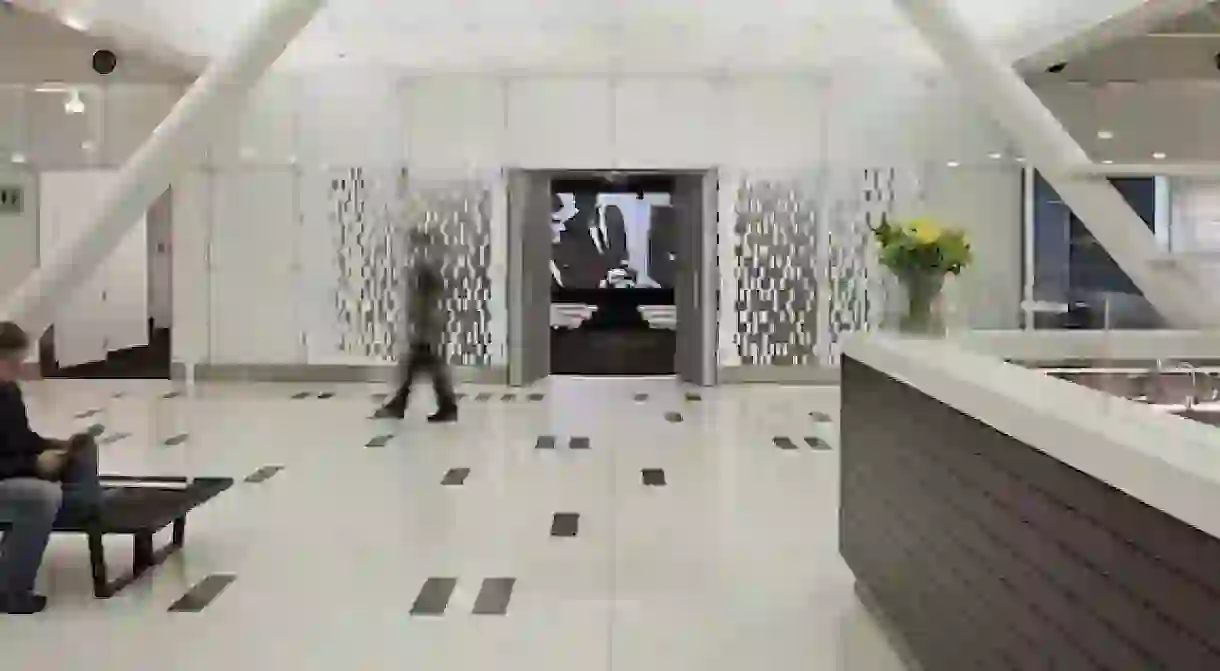Everything You Need To Know The Silicon Valley’s Computer History Museum

An understanding of the South Bay Area, better known as the Silicon Valley, is incomplete without the history of computers. So much of the social and cultural context of the Silicon Valley is steeped in the evolution of modern day computing, and no other resource comes close to the breadth and depth of understanding provided by the Computer History Museum in Mountain View.

If you’re interested in computers, technology, or history, the Computer History Museum is an essential destination. The museum provides visitors with self-guided tours with free audio information available, docent-led tours, special lectures, and demonstrations ($15 for general admission, $12 for students, seniors, and active military members). The current exhibit, Revolution: The First 2000 Years of Computing, is split into 19 separate alcoves, dedicated to everything from abacuses to autonomous vehicles. The Computer History Museum has the largest collection of computer history artifacts in the world and features rarities such as the Cray super computer, the 1969 Neiman Marcus Kitchen Computer, and the Apple I. The museum is very adaptable to each individual’s needs, so you can explore this treasure trove of information over multiple trips or get your dose of computer history condensed into an hour.

The museum is open Wednesday through Sunday from 10am-5pm, with hours extended to 9pm on Fridays. Check out times for docent-led tours and the variety of demonstrations that are available throughout the week. You won’t want to miss playing a game of Pong or the original Pac-Man to see just how far gaming has come when compared to the capabilities of virtual reality today.
The Revolution exhibit twists around the 25,000-square-foot museum space, immersing visitors in topics of space technology, explanations of the mathematics that morphed into computers, and the technology that created our favorite gaming systems and robotic toys. The sleek layout includes intimate video stations explaining the social history as well as scientific theories and laws that make computer technology possible. The artifacts, explanations, diagrams, visuals, and plaques create a comprehensive history of how the world went from the abacus and room-encompassing computers requiring several employees to a society that involves multiple individual computers per person.

The Computer History Museum was first conceived in 1979 in Massachusetts in the form of the Digital Computer Museum, inspired by a vision to preserve and purvey the vital technology and history of computers. This original goal makes the Computer History Museum of today so much more than just a museum: it provides public events, collaborative lectures on technology, an annual magazine, and a substantive archive of knowledge and artifacts available for researchers and enthusiasts alike. The building includes meeting rooms and an auditorium, equipping the museum to hold events such as the Fellow Awards — honoring prominent figures in technology — seminars for teachers on getting kids interested in coding, and presentations on the past and future of the technology industry.













